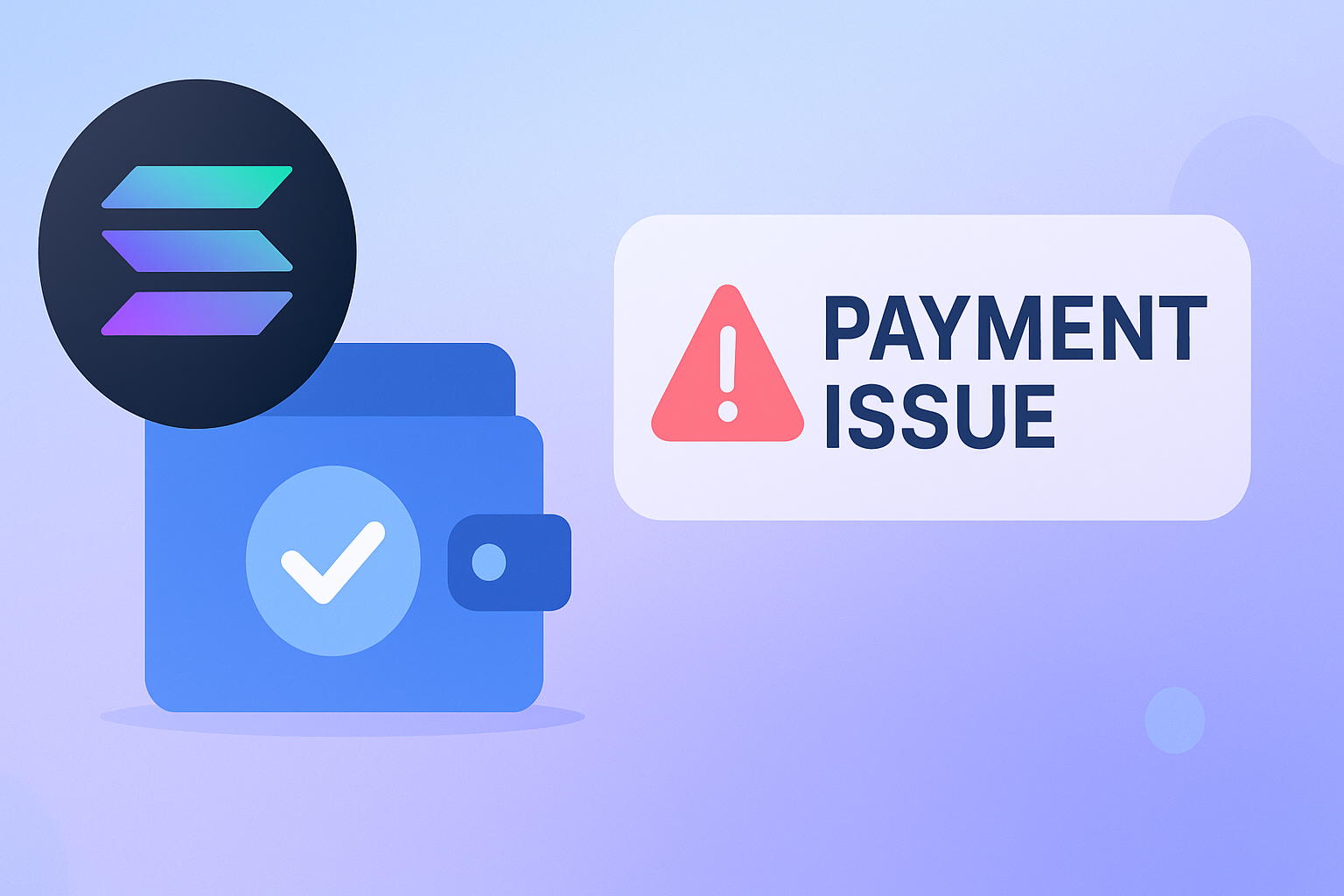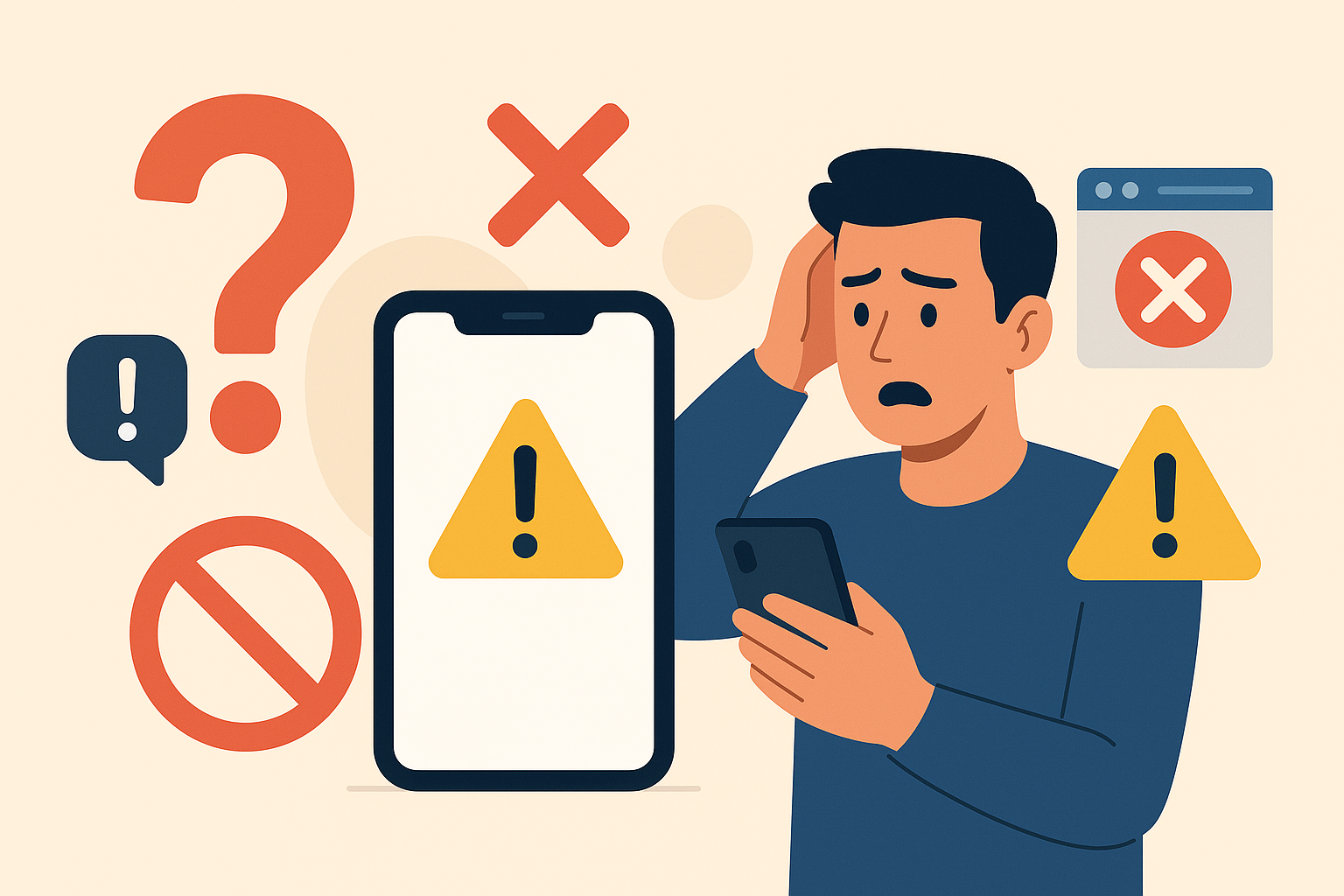Data collection is a cornerstone of web scraping, enabling individuals and organizations to gather valuable information from websites for analysis and decision-making. In this blog, we’ll explore what data collection means in the context of web scraping, the types of data you can collect, and some popular methods to do it effectively.
What is Data Collection in Web Scraping?
Data collection in web scraping refers to the automated extraction of information from websites. This process is widely used across various sectors, including e-commerce, marketing, and research. By scraping data, you can gain insights into market trends, customer behavior, competitor pricing, and more. However, it’s crucial to adhere to legal and ethical guidelines, as many websites have restrictions on scraping.
Types of Data Collected Through Web Scraping
When it comes to web scraping, the data you can collect generally falls into three categories:
-
Structured Data: This is organized in a clear format, like tables, making it easy to analyze. Examples include product prices, specifications, and customer reviews.
-
Unstructured Data: This type lacks a predefined format and can be more challenging to analyze. Think of blog posts, news articles, and social media comments.
-
Semi-Structured Data: This has some organization but doesn’t fit neatly into tables. Examples include JSON and XML files that have hierarchical data.
Methods of Data Collection in Web Scraping
There are several ways to collect data through web scraping, each with its own pros and cons:
-
HTML Parsing: This involves retrieving the HTML content of a web page and extracting data using libraries like Beautiful Soup (Python) or Cheerio (Node.js). It’s simple and effective for structured data but can break if the website’s structure changes.
-
APIs: Some websites offer APIs for accessing data without scraping. This method is more reliable and often compliant with the site’s terms of service, though not all sites provide APIs.
-
Headless Browsers: Tools like Selenium or Puppeteer simulate real user interactions with websites, which is useful for scraping dynamic pages that require JavaScript execution. While powerful, they can be slower and more resource-intensive.
-
Web Crawlers: These are designed to systematically browse the web, gathering data from multiple pages. They’re efficient for large sites but require careful configuration to avoid overwhelming servers.
-
Data Extraction Tools: User-friendly tools like Octoparse and ParseHub allow non-coders to extract data easily. While convenient, they may come with limitations and costs.
Conclusion
Data collection in web scraping is essential for extracting valuable insights from the web. By understanding the different types of data—structured, unstructured, and semi-structured—and the methods for collecting it, you can make more informed decisions. Whether you opt for HTML parsing, APIs, or specialized tools, remember to respect legal and ethical guidelines to ensure responsible scraping.





